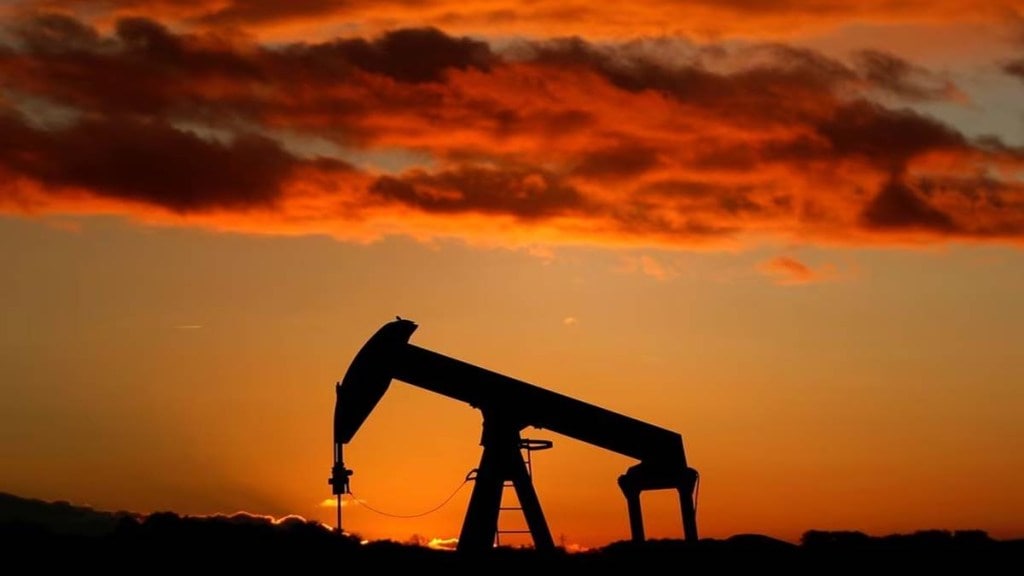State-run refiners’ combined imports of oil from Russia fell sequentially for the first time in July since last October, in what may indicate they have reached the peak level of imports form the country. Imports from Russia by IOC, BPCL and HPCL were down 30,000 barrels per day in July from the level in the previous month.
Analysts say 1.2 million barrels per day seems to be the peak import from Russia by state-run firms.
Meanwhile, private refiners increased their oil import from Russia by 1,25,000 bpd in July as against their daily average in June, as per energy cargo tracker Vortexa. July also saw the record import of Russian Urals at 1.6 mbd.
While public refiners’ import of Russian oil fell from 1,240 kbd (thousand barrels a day) in June to 1,210 kbd in July, private refiners increased their imports from 583 kbd in June to 708 kbd in July.
“Based on historical data, the public refiners seem to have reached a limit on their imports of Russian crude at 1.2 mbd. I am unable to ascertain the reason for that — could be supply limitation, term contract obligations or even political,” said Serena Huang, Vortexa’s head of APAC analysis.
With Russia cutting crude production and ramping up its refinery runs to meet domestic demand, the country’s crude exports have expectedly reduced. Exports in July are down by almost 650 kbd from the peak seen in April/ May.
“Russia’s crude exports could retreat more in August if its domestic refiners ramp up further. Lower Russian crude exports would mean reduced supplies to India. Alternatively, India could … maintain its import volumes at the expense of China’s share by offering more attractive bids,” Huang said.
In recent weeks, Russia has reportedly cut back on its Urals discounts to Brent for Indian refiners, which has reduced Urals’ attractiveness against rival West Asian grades. This has been a strategic move by Russia given limited alternative medium-sour crude suppliers that Indian refiners can turn to amid OPEC’s production cuts.
“But cognisant that India and China remain key outlets for its crude, Russia will likely keep its crude attractively priced, but narrow the discounts relative to previous months,” Huang added.

